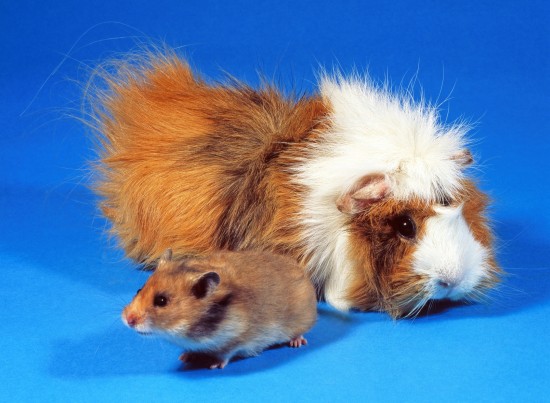In all there are more than 20,000 types of fish. There is virtually no way possible anyone can outline how to care for fish and aquariums in a single group of articles. About the best that anyone can do is give you a few basic concepts, care instructions, etc., and allow you to go from there. Since aquariums, rather water and fish produce toxins you will want to learn about such toxins in aquarium and fish care.
Aquariums are containers which provide fish a habitat filled with water. Aquariums are often shaped like boxes, which fish and related aquatic animals, as well as plants are stored. The water supplies oxygen and/or air for fish to breathe, which means the water must be constantly maintained in order for the fish and plants to survive. Temperature is important as well, since unlike furry critters, fish cannot control their essence of temperature. Dehumidifiers and humidifiers can help you maintain a balanced temperature in the air, which will affect water. Ultimately, you have fish gauges, which help you to monitor the temperatures in water.
In addition, fish in tanks or aquariums are subject to bacteria and toxins. Since, bacteria and toxins are produced faster in aquariums for the reason that unlike land, fish in water do not have natural fighters against such contaminants. With this in mind, we see that fish require high eminence of water to survive. In addition, aquariums often tank salt water creatures, as well as fresh water fish. It is important that you understand the difference and how to maintain water supply for both species. Still, the two are similar in comparison as far as fish care.
How do I eliminate toxins?
First, you must understand toxins in order to eliminate them. Fish will produce a degree of toxins; as well, water supplies produce its volume of toxins, such as copper, metals, chlorine, etc. Toxins spent by fish are wasted items coming from the fish life-sustaining chemicals, known as metabolism. Fish then produce pungent gases, which are colorless and highly water soluble.
Water supply often has CHLORAMINE or Chlorine combined, which are additives to fish tanks that work to purify the water. The chemicals combine to eliminate or minimize the growth of bacteria. Bacteria, develops in water pipes, drinking fountains, ground water, etc.
Now to answer your question, you will need a test kit to maintain toxic waste. You can use the kit to test the waters, thus making sure that the aquarium is not overly contaminated. You will also need filters, and pre-treatment water to balance your aquarium.
How do I find pre-treated water?
Water mixed with 1 milligram of sodium THIO-sulfate, includes ten gallons of fresh water combined with 1% sodium will remove toxins such as chlorine. In addition, you can purchase products, which include chemicals that will remove CHLORAMINE and Chlorine respectively. You have the option of removing toxins from aquariums by exposing the tank to air, which allows circulation of air to penetrate the aquarium. Furthermore, you can combine gas converting it to liquids, which charge, or activates carbons. The carbon dioxide will bubble, which removes toxins as well. (Learn more about Aerating before combing gas and liquids)
Using your test kit you will know if the tank has metals, or coppers in the water. If your water supply has copper and metal you will need to purchase spring water, or purified water to remove toxins. Ultimately you can purchase hepa products, which include water purifiers to connect to your tap water. The product will eliminate metal, copper, and other contaminates, thus purifying your water supply.

 Tips And Tricks For Raising An Obedient Dog
Tips And Tricks F
Tips And Tricks For Raising An Obedient Dog
Tips And Tricks F
 10 Faqs & Answers Regarding Kitten Nutrition
10 Faqs & Answers
10 Faqs & Answers Regarding Kitten Nutrition
10 Faqs & Answers
 Some Safe, Cat-friendly Solutions To Clawing And Scratching
Some Safe, Cat-fr
Some Safe, Cat-friendly Solutions To Clawing And Scratching
Some Safe, Cat-fr
 The Siamese Cat - An Oriental Talkative Treasure
The Siamese Cat -
The Siamese Cat - An Oriental Talkative Treasure
The Siamese Cat -
 Hamster Or Guinea Pig? Which Would Be Best For You?
Hamster Or Guinea
Hamster Or Guinea Pig? Which Would Be Best For You?
Hamster Or Guinea